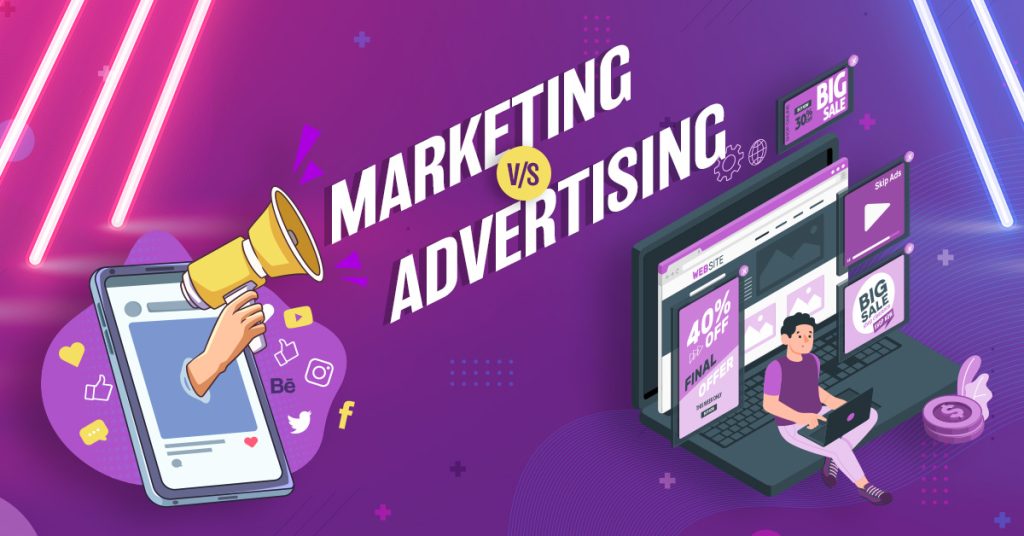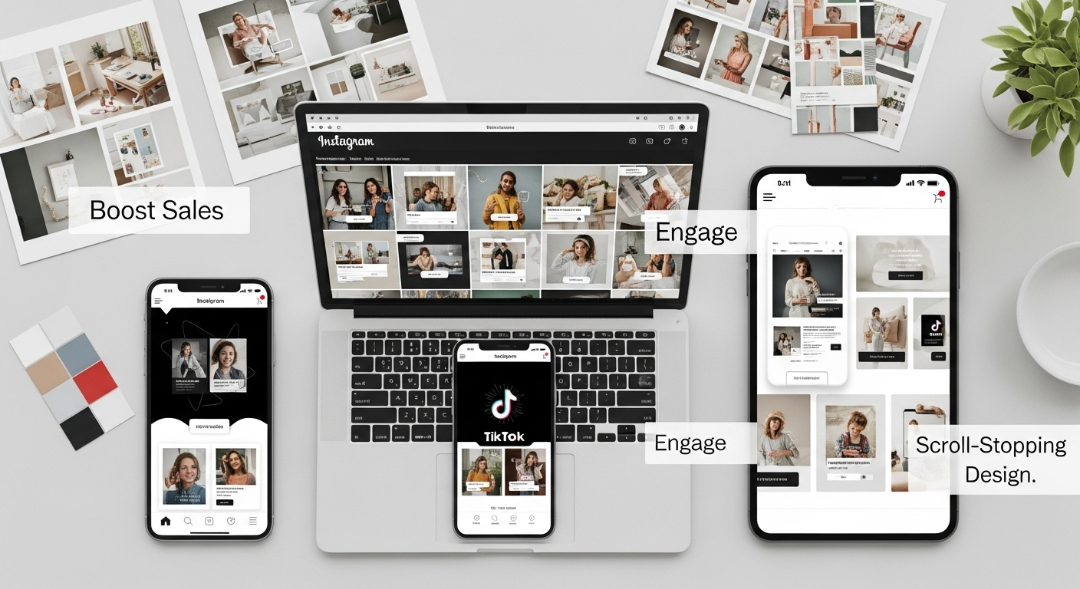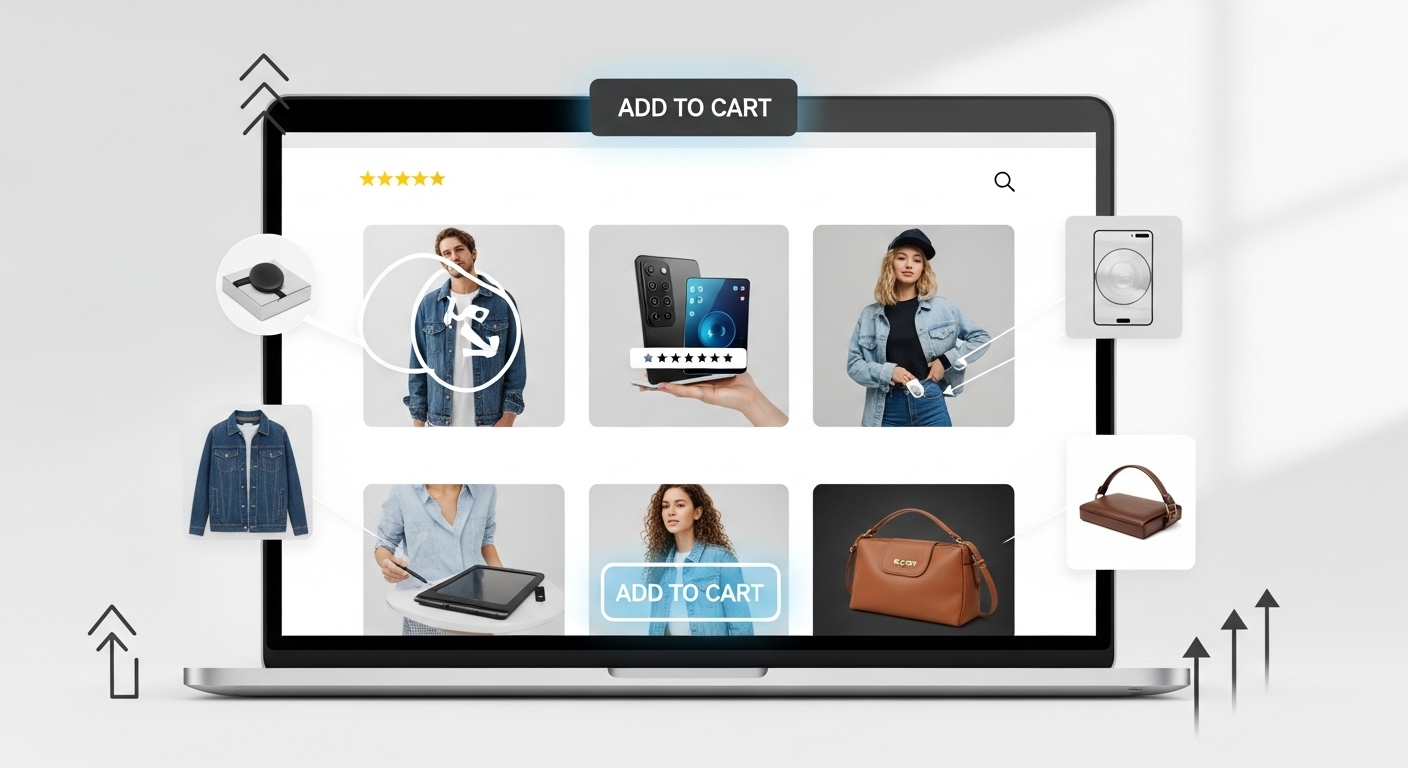In the fast-paced digital age of today, Mobile Marketing for Small Businesses is a key to success. With smartphones ruling everyday life, small businesses need to tap into the potential of mobile marketing to connect with their customers where they spend most of their time.
This ever-changing manner of advertising enables companies to interact with prospective customers in a targeted, location-based manner as well as offer personalized deals, and remain a cut above the competition.
Knowing the significance of mobile marketing and using efficient strategies, small companies can improve their visibility, enhance customer interaction, and ultimately stimulate expansion. Let’s uncover the main areas of mobile marketing and how it can revolutionize your business.
In the digital age, the visual appeal of your marketing materials is more crucial than ever. A well-crafted image or layout does more than just look good; it communicates your brand’s message, values, and the benefits of your product or service at a glance.
Creating a cohesive, compelling visual story that resonates with your audience and differentiates your brand from your competition is the key to improving your online marketing visuals. Whether you are creating social media graphics, email campaigns, or online advertisements, the quality of your design can greatly influence the success of your marketing efforts. Then why wait? Find out how Design Shifu can elevate your marketing with top-notch graphics.
A flat monthly fee gives you unlimited access to custom designs, rapid turnaround times, and professional support. Count on Design Shifu to bring your vision to life with unmatched quality and efficiency. Start your journey towards impactful marketing today!
If you’re ready to upgrade your online marketing design from good to great, stay tuned as we explore practical tips and strategies to enhance your visual content and make a lasting impression on your audience.
What is Marketing Design?
Marketing graphic design combines visual communication with marketing strategies to promote a brand’s message, services, or products. It is foundational in crafting a brand’s visual identity, including logos, color schemes, and typography, ensuring consistency across all marketing materials.
This design approach not only aims to attract attention through compelling visuals but also to foster an emotional connection with the audience, enhancing brand recognition and loyalty. Essentially, it serves as a vital bridge between a brand and its customers, transforming marketing strategies into visually engaging narratives that drive conversions and support business objectives.
If you are just starting with design or want an easy-to-use design product, services like canva can create great marketing visuals with little effort.
Path of Design Marketing Strategy
Here’s a concise guide structured around essential steps, each with a unique focus to ensure your design efforts are both effective and cohesive.
Establish Clear Objectives
Kick off by defining precise business aims. Whether it’s boosting revenue or improving conversion rates, these targets should guide your design direction. Incorporate stakeholder input early to pinpoint critical challenges and align on expectations.
Dive into Market Research
Understand your audience and the competitive landscape. This step involves identifying what resonates with your customers and differentiating your brand from competitors. Insights into design trends, consumer preferences, and successful competitor strategies are invaluable here.
Craft Your Brand Identity
Developing a distinctive brand identity is about more than logos and color schemes; it’s about creating a visual language that communicates your brand’s essence to customers. Consistency across all materials is key, so consider compiling a style guide to maintain uniformity.
Draft a Detailed Project Brief
A clear project brief acts as your roadmap, outlining project scope, target audience, key stakeholders, timelines, and expected deliverables. It ensures everyone involved has a shared understanding of the project’s direction and goals.
Implement, Test, and Refine
With your strategy in place, roll it out to your design team for implementation. Keep in mind that the first version might need adjustments. Use feedback from users and team members to iterate and enhance your approach continually.
What Is The Difference Between Marketing & Advertising Graphic Design?

This table outlines the fundamental differences between marketing and advertising graphic design, highlighting their distinct purposes, scopes, objectives, and how success is measured in each domain.
| Aspect | Marketing Graphic Design | Advertising Graphic Design |
| Purpose | Primarily aims to build brand awareness and communicate the brand’s message across various platforms. | Focuses on promoting specific products or services and persuading audiences to take a particular action. |
| Scope | Broad, encompassing a wide range of materials such as brochures, social media content, email campaigns, etc. | More focused on creating visuals for advertising campaigns in digital and traditional media. |
| Objective | To engage and inform the target audience about the brand as a whole. | To drive immediate action, such as a sale or inquiry, often with a clear call to action. |
| Target Audience | Aimed at both existing and potential customers to foster long-term relationships. | Primarily targets potential customers to generate quick conversions or sales. |
| Content | Often educational, providing value to the audience to build trust and brand loyalty. | Direct and sales-driven, highlighting the benefits or unique selling propositions of a product or service. |
| Duration | Long-term, with designs that contribute to ongoing brand development and customer engagement. | Can be short-term, focusing on immediate campaign goals or seasonal promotions. |
| Measurement of Success | Success is measured through engagement metrics, brand recognition, and loyalty indicators. | Success is directly tied to campaign performance metrics such as sales, leads generated, or ROI. |
How To Enhance Brand Identity Through Graphic Design?
Graphic design is a multifaceted discipline that enriches brand identity by blending visual artistry with strategic communication. It not only defines a brand’s visual appearance but also enhances customer interactions and experiences, laying a solid foundation for brand recognition and loyalty.
Craft a Distinctive Logo
A logo serves as the visual cornerstone of a brand, encapsulating its essence and making a striking first impression. Skillful graphic designers craft logos that merge simplicity with memorability, ensuring they embody the brand’s ethos and stand apart in the market.
Choose Brand Colors and Fonts
The color palette and typography a brand adopts play a pivotal role in shaping its identity. Designers leverage color psychology and typographic styles to echo the brand’s character—be it through the trustworthiness of blue hues or the boldness of contemporary fonts, each choice is a reflection of the brand’s narrative.
Color has an important part in molding the outlook of consumers. For further information about the impact of color on your brand identity, read The Psychology of Color in Marketing.
Build a Unified Visual Language
To forge a robust brand identity, consistency across all visual touchpoints is crucial. Designers establish a cohesive visual language that spans across digital and physical mediums, from web interfaces to marketing collateral, ensuring the brand is instantly recognizable to its audience.
Improve User Interfaces
Beyond aesthetics, graphic design enhances user interaction and satisfaction. Through thoughtful layout and navigational elements, designers ensure that websites and applications are not only visually appealing but also user-friendly, fostering positive engagements with the brand.
Boost Brand Value with Graphic Design
Graphic design transcends mere decoration, acting as a strategic tool to convey a brand’s message and connect emotionally with its audience. It transforms abstract ideas into tangible experiences, significantly amplifying a brand’s appeal and market position.
Wait No More!! Transform your brand’s appeal with Design Shifu’s superior graphic design services. Specially designed for businesses of all sizes, our subscription model offers unlimited design requests and revisions, ensuring your creative needs are met without boundaries. Experience rapid turnaround times that keep pace with your dynamic marketing campaigns and enjoy personalized service with dedicated professional designers.
Design Shifu’s 14-day risk-free money-back guarantee allows you to explore our services with confidence, backed by transparent, flat-rate pricing. From social media graphics to comprehensive brand guidelines, we cover an extensive range of design needs, making us the perfect partner for elevating your brand’s visual identity.
Strategies to Reinforce Brand Image With Consistent Designs
Craft Comprehensive Brand Standards
Initiate the process by developing an in-depth manual for brand standards. This manual should detail the specifications for utilizing your brand’s visual components, such as logo application, color schemes, font choices, and the style of imagery. This document acts as a foundational guide for crafting all brand-related content, ensuring uniformity across diverse platforms.
Harmonize Brand Narratives
Articulate your brand’s key narratives, along with a consistent brand voice and tone, which resonate with your brand’s ethos and persona. Harmonizing your messaging across various mediums solidifies your brand’s identity and reinforces its fundamental values and positioning in the market.
Educate Your Brand Ambassadors
Provide thorough education to your employees, collaborators, and key stakeholders about the essence of your brand standards and the criticality of brand consistency. Organize educational initiatives to equip everyone who represents your brand with the knowledge required to uphold a consistent brand image.
Regular Evaluation of Brand Representations
Conduct frequent assessments of your brand representations across all mediums to ensure adherence to your brand standards. This scrutiny should encompass all digital and physical manifestations of your brand, including but not limited to digital platforms, promotional materials, and external communications. Implement updates and modifications as needed to preserve brand coherence.
Consolidate Brand Resources
Establish a unified system or platform for the management and organization of your brand resources. This system should facilitate easy access to the most current versions of your brand’s elements, such as logos, imagery, and document templates, thereby minimizing the chances of utilizing outdated or non-conforming resources.
Foster Team Synergy
Promote effective communication and cooperation within your organization to guarantee that all segments are in harmony with the brand standards. This approach involves fostering a collaborative environment among the marketing, design, and other pertinent departments to ensure the brand’s vision is consistently realized across all outputs.
How To Improve Marketing Graphic Design Skills?
Embrace Design Fundamentals
Study essential principles like grid theory, color theory, typography, and the golden ratio to build a strong foundation.
Maximize Feedback Value
Learn to interpret feedback constructively, using it as a tool to sharpen your design sensibilities and enhance project outcomes.
Initiate Side Projects
Engage in personal endeavors to explore new ideas, techniques, and styles that keep your creativity flowing and your skills sharp.
Broaden Your Creative Horizons
Experiment with different mediums, styles, and techniques to discover unique solutions and push the boundaries of your design capabilities.
Network with Fellow Designers
Build relationships with other designers to exchange ideas, collaborate on projects, and gain new perspectives.
Invest in Reading
Dive into graphic design books to gain insights into both the theory and practice of design, learning from the experiences and wisdom of industry leaders.
Adopt New Software
Be open to trying out different design software to find tools that can enhance your workflow, efficiency, and creative output.
List Of Some Marketing Graphic Design Examples
These examples underscore the transformative power of graphic design in marketing, leveraging interactivity and creativity to forge stronger connections with audiences.
Interactive Email Design
BuzzFeed’s emails with mini-quizzes offer a blend of personalization and interactivity, engaging subscribers more deeply.
Engaging Social Media Design
Pepsi’s AR filters on Instagram transform user interaction into a playful brand experience, enhancing visibility.
Creative Ad Design
Coca-Cola’s interactive billboards in Times Square merge digital and physical realms, inviting public participation through smartphones.
Innovative Landing Page Design
Zillow’s virtual home tours on landing pages offer an immersive property viewing experience, boosting user interest.
Website Design with a Twist
The “Parasite” film website employs a narrative-driven design, enriching visitor engagement with story and interactivity.
Print Design Reimagined
IKEA integrates augmented reality into print catalogs, allowing customers to visualize products in their space, merging print with digital innovation.
Packaging Design with Purpose
Lush encourages eco-friendly behaviors with recyclable packaging and enhances customer engagement through smart technology like NFC tags.
Events and Booths with Virtual Engagement
Virtual event spaces offer interactive digital booths, replicating the engagement of physical events in a digital format.
Company Swag with Personalization
Nike’s customizable shoes inspire personalized company merchandise, boosting brand loyalty.
Blog Visuals That Tell a Story
Engaging infographics and data visualizations make complex information accessible, enhancing blog traffic and reader engagement.
Brand Guidelines That Engage
Interactive brand guideline websites use animations and clickable elements to clarify the brand’s vision, improving team alignment.
Sales Enablement with Interactive Features
Dynamic presentations, through platforms like Prezi, make sales pitches more engaging, highlighting product benefits interactively.
Frequently Asked Questions
Visual marketing design involves creating visually appealing graphics and materials to communicate a brand’s message, engage audiences, and promote products or services effectively.
Marketing a graphic design business involves showcasing your portfolio online, leveraging social media, networking with industry professionals, and using SEO strategies to attract potential clients.
Marketing involves strategies and practices to promote and sell products or services, while graphic design focuses on creating visual content to support marketing efforts and enhance brand communication.
Promote your graphic design business by building a strong online presence, engaging with your audience on social media, attending industry events, and offering referrals or discounts to loyal clients.
Graphic design is integral to marketing as it visually communicates the brand’s values and messages, attracts target audiences, and enhances the effectiveness of marketing campaigns.
Marketing graphic design can help your business grow by increasing brand awareness, improving customer engagement, enhancing the visual appeal of marketing materials, and ultimately driving sales.
Common mistakes include using inconsistent branding, overcrowding visuals with too much information, neglecting the target audience’s preferences, and overlooking the importance of simplicity and clarity.
Choose colors and fonts by considering your brand identity, the psychological impact of colors, readability, and how well they resonate with your target audience to ensure your message is effectively communicated.





